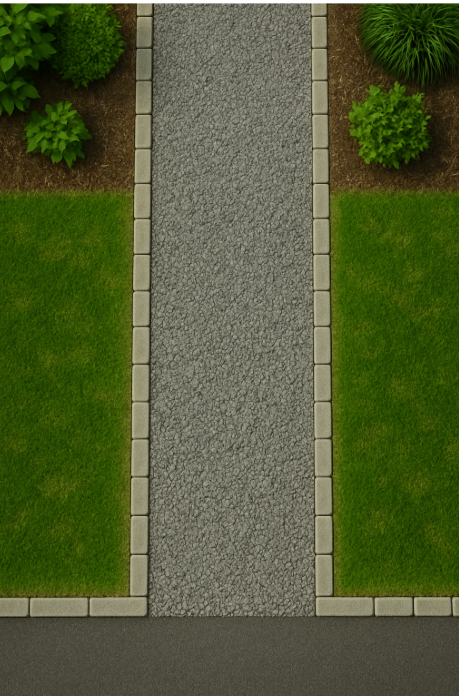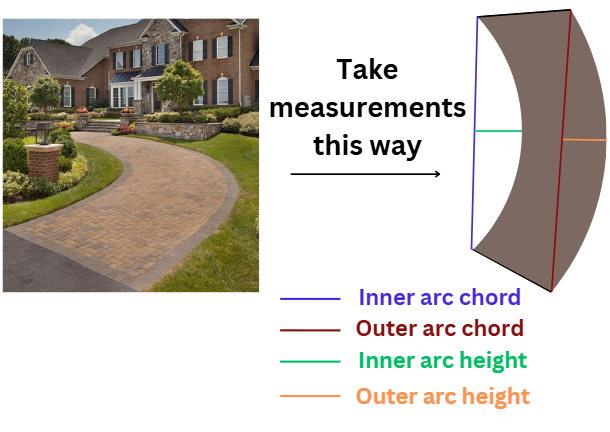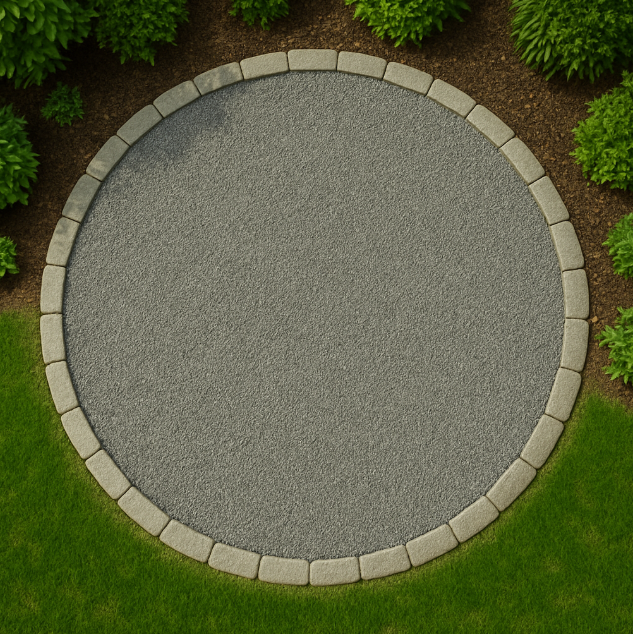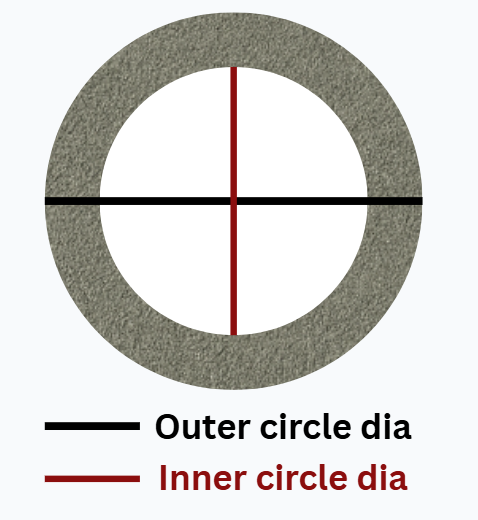What is #57 Gravel?
#57 gravel is a crushed stone aggregate commonly used in construction, landscaping, and drainage systems. It consists of angular stones typically ranging from ½ inch to 1 inch (about 12–25 mm). The name “#57” refers to the sieve size used during processing. Its shape allows water to drain while providing a stable surface.
Made from limestone, granite, or trap rock, #57 gravel supports heavy loads yet remains loose enough for natural water movement. It’s ideal for French drains, driveways, patios, and more.
How is #57 Gravel Different from Other Gravels?
#57 gravel differs in size, shape, compaction, and use:
| Gravel Type | Shape | Best Use |
|---|---|---|
| ½″ – 1″ | Angular | Drainage, driveways, concrete base |
| Pea Gravel | Rounded | Landscaping, playgrounds, decorative areas |
| Crusher Run | Angular + fines | Driveways, compacted base layers |
| #67 Gravel | Angular | Slabs, fine drainage |
| #3 Gravel | Angular | Base fill, erosion control |
| Recycled Gravel | Mixed | Budget fill, non-structural use |
Density of #57 Gravel
Knowing density ensures accurate volume‑to‑weight conversions. Below is a verified density table:
| Material Type | Density (kg/m³) | Notes |
|---|---|---|
| Limestone (common) | 1,520 – 1,560 | Most common #57 material |
| Limestone | 1,600 – 1,680 | Preferred for driveways or slabs |
| Granite | 1,600 – 1,650 | Heavier and stronger |
| Granite | 1,650 – 1,700 | Ideal for heavy-duty applications |
| Trap Rock (Basalt) | 1,680 – 1,720 | Highest density commonly used |
| Recycled Concrete | 1,400 – 1,500 | Lightweight but variable quality |
Based on common #57 gravel, we use 1,600 kg/m³. Adjust as needed.
What Are the Applications of #57 Gravel?
#57 gravel fits many projects thanks to its drainage and structural properties:
| Application | Why It’s Used | Typical Depth |
|---|---|---|
| Driveway Base | Interlocks for support, drains water | 4″–6″ (10–15 cm) |
| French Drain / Trench | Prevents water pooling, supports pipe systems | 6″–12″ (15–30 cm) |
| Concrete Slab Sub-base | Reduces cracking, provides stable foundation | 4″–8″ (10–20 cm) |
| Retaining Wall Backfill | Relieves hydrostatic pressure with drainage | Varies |
| Landscaping Beds | Aesthetic ground cover, inhibits weeds | 2″–3″ (5–7.5 cm) |
| RV or Trailer Pads | Withstands repeated tire loads | 4″–6″ (10–15 cm) |
| Under Decks & Sheds | Improves drainage, prevents mud | 3″–4″ (7.5–10 cm) |
| Erosion Control | Heavier rock resists movement on slopes | 6″ (15+ cm) |
Where #57 Gravel Should Not Be Used
- Highly compacted surfaces needing a smooth finish
- Children’s play areas or barefoot zones
- Steep slopes without proper edging
- Tightly sealed patios or walkways
- Small gaps or narrow crevices (use custom triangle calculator instead)
Tips to Use #57 Gravel
- Install landscape fabric underneath to prevent soil intrusion
- Edge paths or driveways to contain gravel
- Compact in layers for stability
- Mix with fines for a smoother surface
- Ensure proper slope for drainage
FAQs
How much does a cubic meter of #57 gravel weigh?
On average, about 1,600 kg (1.6 metric tons) in moderately compacted condition.
Can I use #57 gravel for a French drain?
Yes. The angular shape lets water flow freely—ideal for French drains. Wrap in landscape fabric to keep out soil.
Will #57 gravel compact over time?
It doesn’t compact like sand or crusher dust, but it does settle and interlock. Mix with fines for firmer surfaces.
Is #57 gravel comfortable to walk on?
Its angular stones can feel sharp underfoot. Not ideal for barefoot areas—consider pea gravel instead.
How deep should I install #57 gravel for a driveway or pad?
4–6 inches (10–15 cm) for cars and light trucks; 6–8 inches for heavier loads.
Can I mix #57 gravel with other stone types?
Yes. Topping with crusher run or stone dust creates a firmer finish. Avoid mixing vastly different sizes.
Does #57 gravel retain water or cause flooding?
No. If properly graded, water passes through quickly—perfect for drainage trenches.




